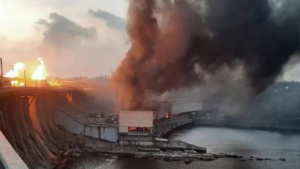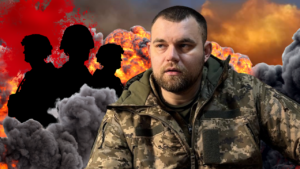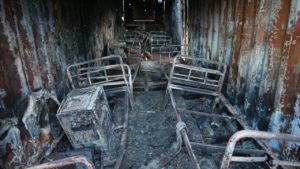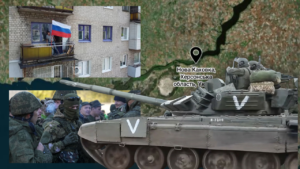War. Justice. Media. How to report on war-related trials: MIHR Guide
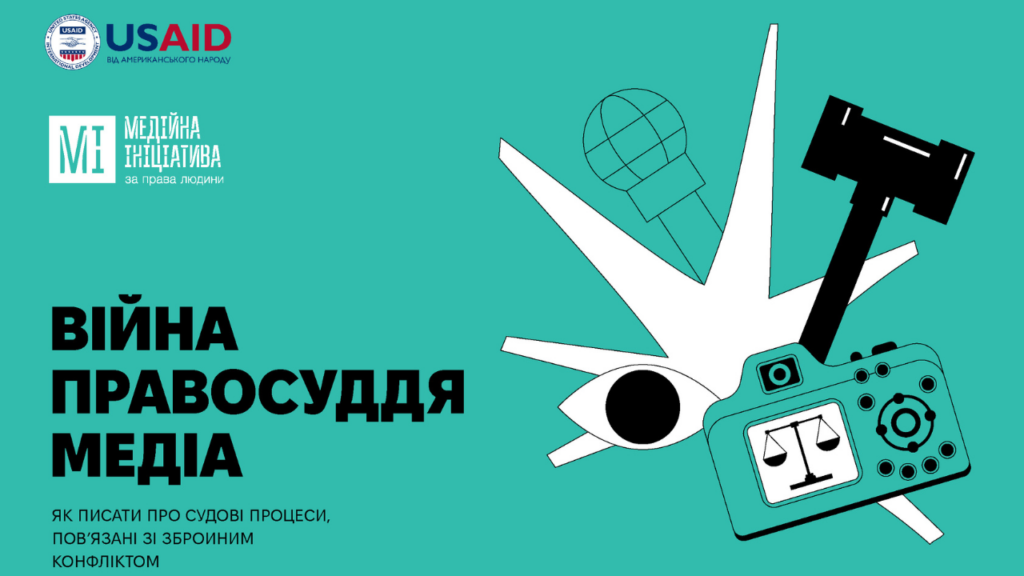
On November 24, the Media Initiative for Human Rights presented a manual on covering war crimes courts. It consists of a theoretical framework and practical advice on how to cover court hearings, communicate with the parties to the process, and adhere to the ethical framework.
Olha Reshetylova, Head of the Media Initiative for Human Rights, and Oksana Rasulova, Head of the Court Monitoring Project, held the first online lecture for the media on covering war-related trials. During the lecture, they presented a manual on the topic.
The manual consists of theoretical and practical parts. In the theoretical part, the MIHR experts elucidate the fundamentals of international humanitarian law, its incorporation into Ukrainian laws, the criticisms of certain articles of the Criminal Code of Ukraine related to the armed conflict and the procedural journey of cases from filing to hearing in court.
To create the practical part, we interviewed journalists who cover court cases, including those related to war. They represent national, regional and niche media, and work with texts, photos and videos. Together, we offer guidance on navigating courts, grasping the proceedings, interacting with lawyers and prosecutors, engaging with witnesses and defendants, capturing photographs, and presenting the material compellingly.
At the end, you will find a list of resources to learn more about courts, their function and approaches to reporting on cases. Templates for requesting the court’s permission to film, broadcast hearings online and stream on the Judiciary’s web portal are included.
The guide is available below.
The journalists of the MIHR have been covering trials related to the armed conflict in Ukraine since 2016. The hearings were held in empty halls, without media and observers, and Ukrainian society did not know that justice for the war was already underway.
To draw attention to this topic, the MIHR started sending out a weekly newsletter of court schedules. For six years, our monitors have been selecting proceedings from the register that are not marked or separated on the Judiciary’s web portal, compiling a list, describing the most interesting cases, and sending them out. All this time, the MIHR has been covering individual hearings and analyzing trends in court schedules.
As a reminder, in 2020 we presented the report “The Right to Truth. Coverage of the trials related to the armed conflict in Ukraine”. In particular, we analyzed why there is so little information about war-related trials in the Ukrainian information space.




